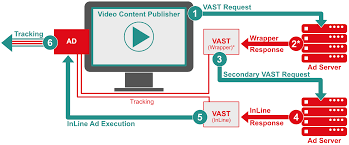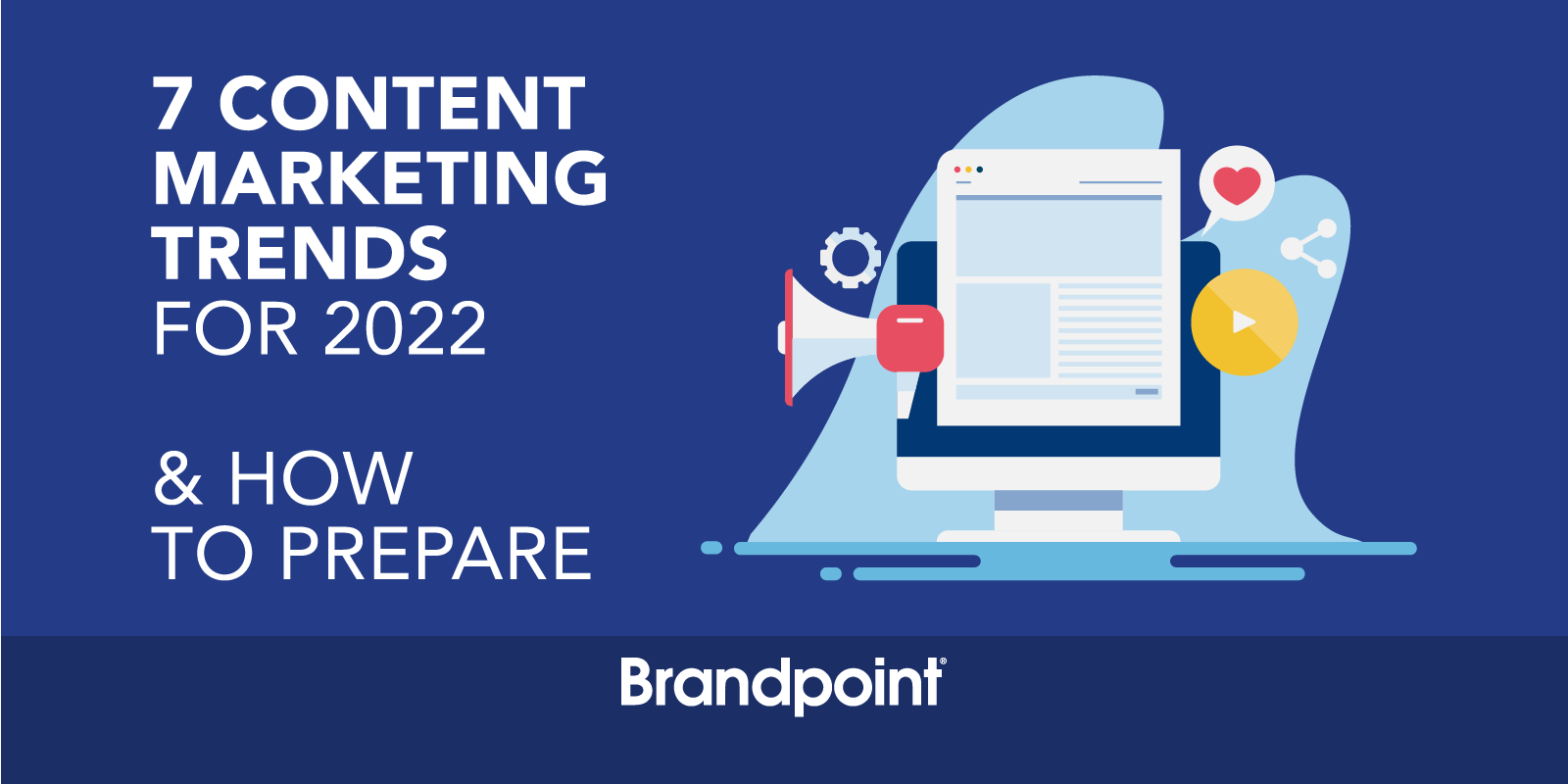
Marketing teams use attribution to answer questions related to media spend and digital campaign. Account-based attribution is preferred by operations departments for larger companies that have longer sales cycles. To fine-tune digital product features, product managers use attribution. Marketing and operations use attribution for product development, including the optimization of media spend. The following are some common uses for attribution. These uses are discussed in the following article. The goals of the marketing department are key factors in choosing the best attribution model for you business.
Singular combines web attribution with mobile attribution
Singular will give you an accurate picture of your marketing ROI. You can measure all of your marketing channels, from web to mobile, and track user behavior across the entire funnel. Singular also protects you from fraud by monitoring a single managed pipeline. With its advanced fraud prevention features and heuristic algorithms, you can easily identify fraudulent publishers. Singular helps you track your customers' journeys and protects against fraudulent behaviors.

Singular collects data through its SDKs (in-app SDKs) and 2000 API connectors. This data allows it to breakdown customer journeys by creative, publisher, and campaign. Singular claims its attribution is 95 percent deterministic while the remaining 5 percent is probabilistic. Singular's customer journey is complex and often unpredictable. Therefore, its attribution methodology is deterministic. It combines data from both web and mobile.
Time-decay attribution model
The time-decay credit attribution model credits the closest interaction with a conversion. Conversely, interactions further away earn less credit. Time decay can be used to assess the importance of individual interactions. Digital analytics is crucial to the success of online businesses. Digital analytics is the main reason that most marketers fail to increase their sales or scale up their advertising budgets. Digital analytics is crucial for understanding attribution but it is often overlooked.
Time-decay distributes credit across all marketing touchpoints. However, credit is more generous to touchpoints that happen closer to conversion. The credit is divided so that the first touchpoint only gets 10%, while the second, third, and fourth touchpoints get 30%, or 40%, respectively. This model works because the customer's drive to purchase builds momentum as they approach the final touchpoint. The customer's final interaction is the moment when their decision is made.
External attribution

External attribution refers to the way we attribute events that are not under our control to external factors. It is also called external locus and social attribution. If you believe that someone, something or anything is responsible for your failures or successes, you are likely pointing fingers at factors beyond your control. External attribution may occur in many contexts and is quite common. To avoid being victim to external attribution it is important that you know how to distinguish between an event and a situation.
A person's internal attributions include a person's personality characteristics, while an external attribution focuses on situational factors. One example of an external attribution would be when someone scores high on a test. While an internal attribute might be that the person got extra help, or the test was too hard. To understand why attribution happens in everyday life, you need to understand that we assign different meanings to different events and circumstances.
FAQ
Content marketing requires a large budget.
It all depends on the size and stage of your business. Many start-ups don't have the resources to invest in marketing. As they grow, small businesses realize the importance of a solid content marketing strategy to increase sales and customer engagement.
A content marketing agency or freelancer can provide a broad range of tools, expertise and support. These professionals can help to identify potential problems within your company and guide you in the development of your content-marketing program.
A good content marketing strategy will give you enough money to cover production costs while allowing you to invest in other parts of your business.
How does Content Marketing work?
A visitor to your site is searching for something in particular. If they find what they need, great! But if not, they'll leave and go look elsewhere. With content marketing, you create useful and helpful information that answers questions, solves problems, and provides value. You can use this content across all platforms (social media, email, etc.) This ensures that everyone has access to the content.
Why is a Content Marketing Strategy necessary? Why not send out emails or share social media updates?
There are two main reasons that you might ignore a Content Marketing Strategy.
-
You might think that email marketing and social media posts are enough to get people talking about your brand.
-
This type of content might not be practical if you haven’t yet tried social media posting or email marketing.
Both of these assumptions are wrong.
Email marketing and social media posts can be great ways to communicate with customers and prospects. They aren't sufficient by themselves.
An email campaign alone won't help you reach your goals. Your email campaign should be part a larger strategy. And social media posts alone won't help you achieve your goals either. They need to be part of an overall plan.
This is where a Content Marketing Strategy can help. This strategy will help you manage the content creation process.
You'll have more time to concentrate on other important aspects of running your company, such as growing your audience and increasing conversions.
Even though Content Marketing Strategy has many benefits, it doesn’t make it easy.
But, when you have a strategy in place, it makes all the difference.
What is strategic marketing?
Content marketing refers to the art of creating quality content that can be shared across all channels. It is all about giving people what you want. This understanding is key to the success of any company.
Strategic Content marketing ensures that you give them what they need at exactly the right moment.
You have to know what people care about and listen carefully to find out how they think. It is important to provide high-quality content that solves their problems and answers their questions. This builds loyalty and trust. It also ensures you are available to them when they have a need for your product or services.
Statistics
- Content marketing produces 3X more leads per dollar spent. Content marketing costs 62% less than traditional marketing. (criteo.com)
- This marketing strategy landed Ford a 15.4% conversion rate. (neilpatel.com)
- In fact, would pay more for a better customer experience, and 86% of B2B buyers would pay more. (neilpatel.com)
- An example of an overarching goal could be: "In 2022, we want to achieve a 20% increase in revenue created by organic content and generate 15,000 MQLs with a budget of $30,000." (semrush.com)
- According to research compiled by Coschedule: Companies that publish 16+ blog posts a month get as much as 3.5x as much traffic as those that publish 0-4 posts a month. (criteo.com)
- According to our research, brand awareness, attracting traffic, and generating leads remain the key content marketing goals in 2022. (semrush.com)
- According to the Content Marketing Institute, 70% of B2B marketers and 86% of B2C marketers surveyed use content marketing in some form or other. (criteo.com)
- Out of the 1,500 marketers we surveyed for our State of Content Marketing report, 78% who felt their content marketing strategy was exceptionally effective in 2021 had documented their strategy. (semrush.com)
External Links
How To
How to make a video for content-marketing?
You can communicate your message to your audience using content marketing videos. By sharing stories they value, you can reach your target audience. How do you make them stand apart from the rest? Here are some tips for creating videos that get noticed!
-
When creating a video, it's important to realize that no one size fits all. You need to make sure your video speaks directly to your audience. If the message you are trying to communicate isn't applicable to everyone, why would they watch it?
-
You shouldn't pick the cheapest option when selecting a platform. Many platforms are available today, including YouTube, Vimeo, Facebook Live, Periscope, Instagram, and Snapchat. Each platform offers different features and benefits. By choosing wisely you can save money while increasing engagement.
-
Include subtitles in your videos! This helps people to understand your language barriers, and makes your videos more easily understood.
-
Finally, you should ask these three questions before you start: Whom are I talking to? Why am I making this video? And what does my video mean to me? You'll be able to create videos much more easily once you answer these questions.